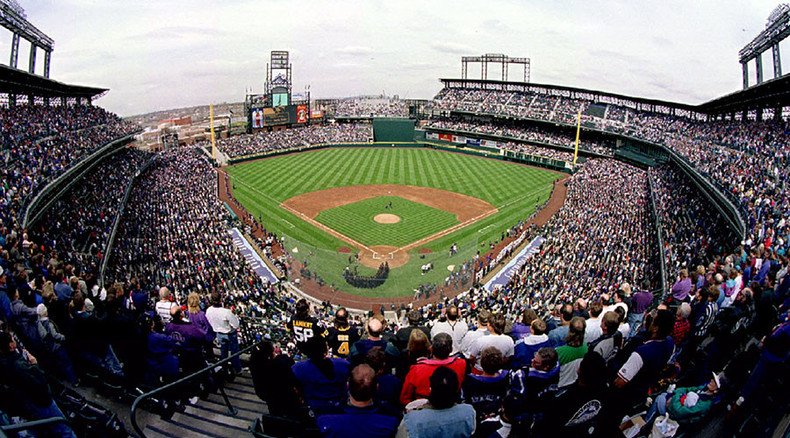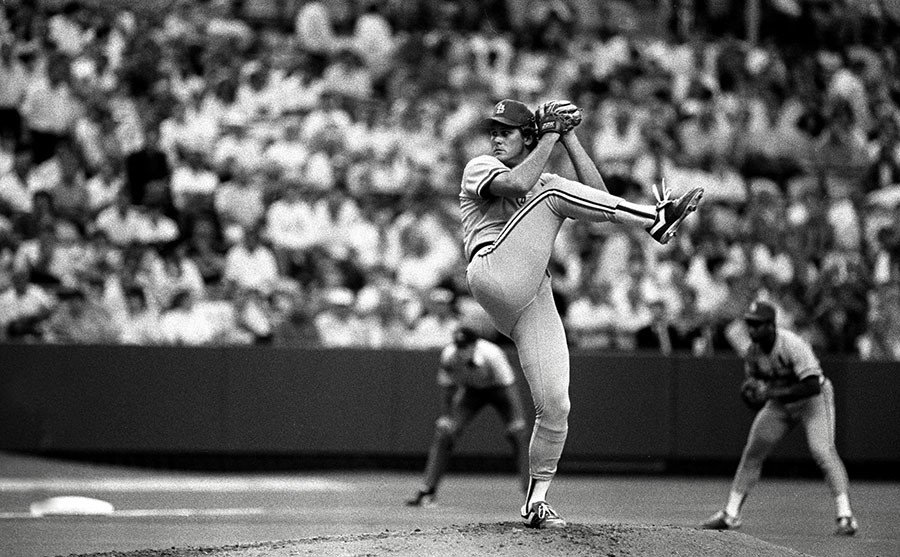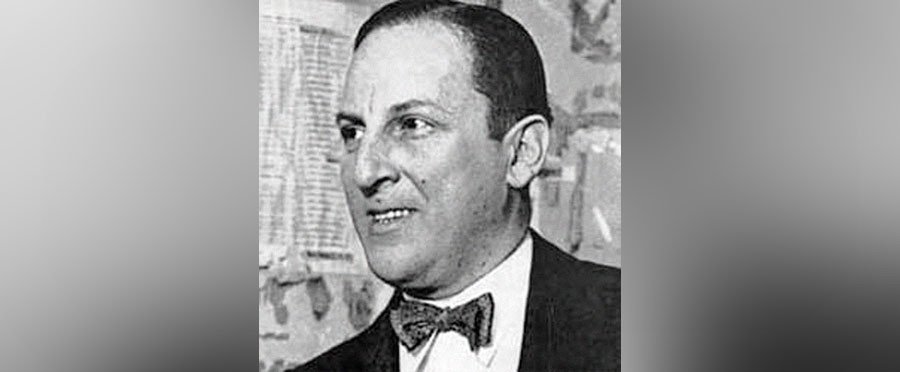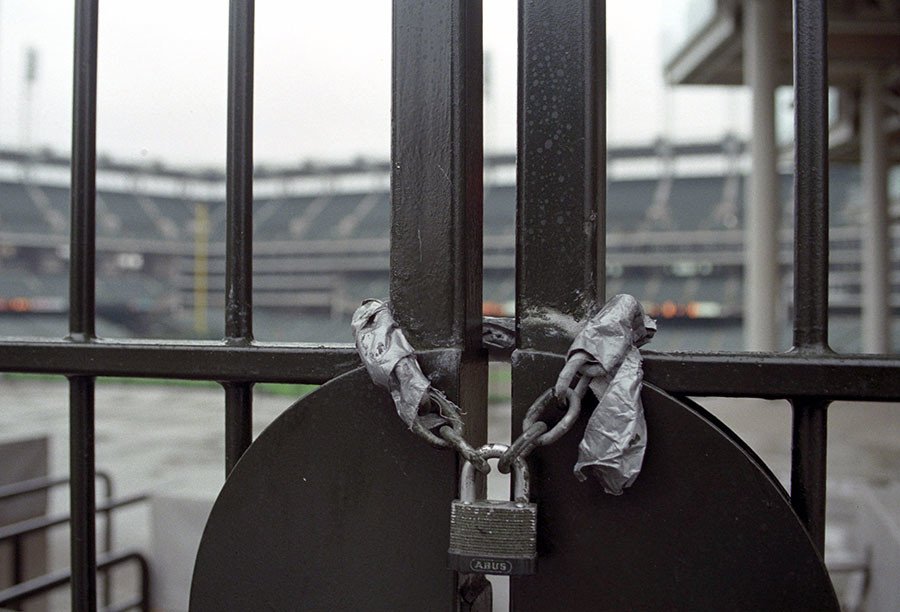Black Sox: The story of the biggest sports scandal in history

Corruption on the pitch in sports matches is relatively rare – you will often find it behind the scenes but rarely so publicly. The biggest on-field sports scandal in history was perhaps last century, was, surprisingly given the recent FIFA outrage, not in football.
The type of corruption we hear about the most frequently these days is a doping scandal: Lance Armstrong, the world-famous professional cyclist who won the Tour de France seven consecutive times, was banned and his wins stripped for his role in the doping scandal which devastated cycling in 2012. However, fraud and scandal in field sports are occasionally illuminated, and large amounts of money can be promised to players who fix games.
The year 1919 saw possibly the biggest sports fraud ever. Players from baseball team the Chicago White Sox fixed the year's World Series so that they lost. They were playing the Cincinnati Reds, the winners of the National League. In many people’s minds, the White Sox were the sure-fire winners. They were the Major League's top team, with a 88-52 win-lose record that year and a World Series title two years earlier.
Despite this, the team was split into two factions who were almost at war with one another. The only thing they had in common was the fact they hated the club owner, Charles Comiskey, who had a reputation as a miser who underpaid his players. In those days, baseball had a 'reserve clause' written into the player contracts. This meant that as long as the club owner offered a player a contract, he had two choices: accept it or not play baseball. He couldn't move to another club he had no current contract. Comiskey used this to his advantage and paid his players the least he could, causing the White Sox players to resent him.

In today's money, over $1 million dollars ($80,000 in 1919) changed hands between the players and the gamblers – and that's only the known amount. While the full details of the scandalous story have never been completely revealed, it has been alleged the players were taking bribes from two parties, amounting to some $180,000. Eight of the team's players were involved, with first baseman Chick Gandil being the ringleader. Legendary hitter and the White Sox's best player, 'Shoeless' Joe Jackson, is said to have been involved, but the full extent of his involvement is still murky, with many details left to the imagination. Some rumors say that as Jackson was supposedly illiterate, he didn't understand what was going on, so only consented to the fix when another player, Charles 'Swede' Risberg, threatened him and his family.
To confuse matters, there were two fixes running at once. One was by established gambler Joseph 'Sport' Sullivan, and another by former ballplayer 'Sleepy Bill' Burns. Sullivan met with ringleader Chick Gandil, who agreed to fix the Series for $80,000. Mere days later, Burns met with another player, Eddie Cicotte, and offered to top Sullivan's offer, eventually deciding upon a fee of $100,000. The players met and agreed to take both offers, which meant they'd make $180,000 in total – an extortionate amount of money at the time, considering that most were earning $5000 a year.
One of the biggest uncertainties in the Black Sox scandal was the involvement of the most prominent American gangster at the time, Arnold 'Big Bankroll' Rothstein. Known for his gambling skills, was said to have put forward as much as $40,000 for the fix. Other accounts say he considered the opportunity but decided against it, skeptical that the fix could be pulled off and feeling it was too risky an investment.

The third possibility of Rothstein's involvement, and maybe the most reliable, is featured in the book Eight Men Out by Eliot Asinof. He writes that Rothstein originally declined to be part of the fix when asked by Burns, but later accepted when Sullivan approached him. In between, one of his associates, Abe Attell, a former boxing champion, saw an opportunity to make some money. He told Burns that Rothstein had reconsidered, and wanted to front the full $100,000 Burns needed.
Days later, Sullivan approached him with the same offer as Burns had. Rothstein accepted Sullivan's offer and put up $40,000. Sullivan now needed an extra $40,000, while Burns supposedly had the money he needed. Whether Attell would actually produce the money was another matter. Attell did not have nearly as much clout as Rothstein had, so may have struggled to come up with the money he needed – as with so many things in the scandal, it's not clear how much money did actually change hands between Attell, Burns and the players.
What historians and researchers do know is the number of gamblers who were allegedly involved in the fix is probably less than the true number. By the beginning of the series on October 1, the entire gambling world was ablaze with news that the series was 'in the bag'. It's possible that more than 20 gamblers were either directly or indirectly involved, either through funding it by putting money on the White Sox's opponents, the Cincinnati Reds, or through other means. There are reports of Cicotte and Gandil, the two main players involved, receiving phone calls the night before the first game threatening them not to fix the series.
After the series had been lost, rumors followed the White Sox all through the 1920 season. Finally, in September 1920, a grand jury was convened to investigate the claims. Soon after this, Eddie Cicotte and Joe Jackson admitted their involvement, and just under a month later, the grand jury made their decision: Eight players and five gamblers had been involved on nine counts of conspiracy to defraud.

The trial began in June 1921, with the prosecution calling several witnesses to testify, including 'Sleepy Bill' Burns who had been promised immunity from prosecution. The prosecution also called White Sox owner Charles Comiskey, who recounted his entire history in baseball. The defense attempted to use evidence that Comiskey's revenues in 1920 had been higher than any year previously, meaning that the players who had been charged with fixing the Series could not have 'injured his business'. The judge cut this line of questioning off, deeming it not relevant.
In July the trial finished, and the jury convened to consider their verdict. They did not need long: Three hours, in fact, to find all eight players not guilty. Their joy was short-lived, though: the new Commissioner of Baseball, Judge Kenesaw Mountain Landis, banned all eight players from organized baseball for life.
In the end, the trial didn't bring to light all the details of the scandal, many of which are still murky and unclear. Considering the fact that this event took place almost 100 years ago, it's likely we'll never find out the full extent of this massive case of sports fraud.












